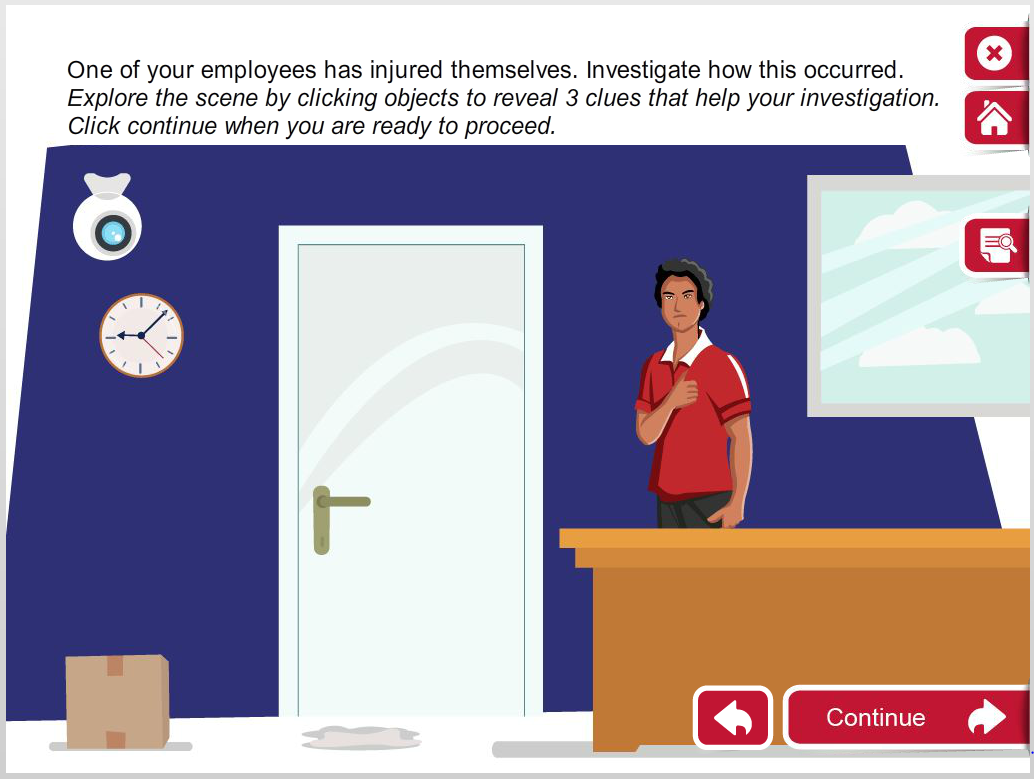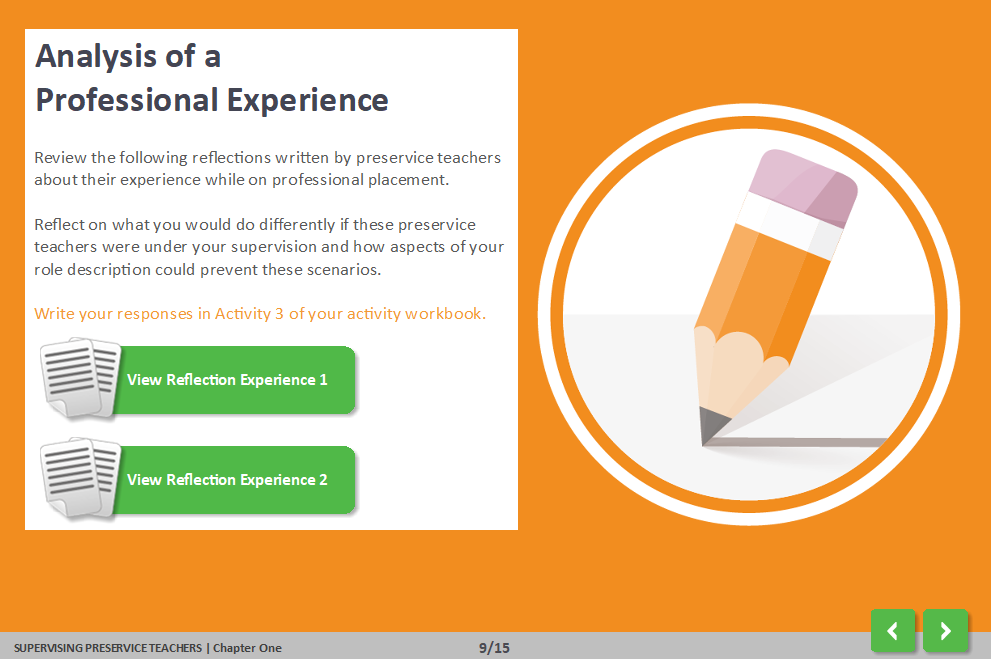
What is a topic that you are motivated to learn about? Was there a subject at school that had you bounding into the classroom? Motivation and learning is a match made in heaven. So how do you create learning solutions that tap into your learner’s motivation and get them coming back for more? Thanks to the study of human psychology, we have some answers! In this blog we will explore John Keller’s ‘Arc’s Model of Motivational Design Theories’ and look at how we can use this knowledge to create motivating and engaging learning solutions.
This model runs on the premise that the following four components are crucial to achieving optimal levels of motivation in learning (Learning Theories, 2014).
1. Attention: Capture your learner’s attention!
2. Relevance: Is the content relevant to the learner?
3. Confidence: Does the learner have a chance to succeed?
4. Satisfaction: Is the learner satisfied with what they are learning?
Imagine you are running a relay race. You are on your last lap and you can see your team mate in the distance, ready to grab the baton from you and finish the race. You are running as fast as you can, you are focusing on your breathing and you are ensuring you are heading directly for your team mate, your full concentration and energy is on the task at hand. This is an example of when you are completely engaged in a task. Whether it was from a running race or reading a book it is likely that you have experienced this state. It is known in positive psychology, as ‘flow’, a state of complete immersion in an activity (Cherry, 2017).
Imagine being able to replicate this state and apply it to your learner’s mind-set when they are experiencing your learning solution. It would be great if we could inject this state into our learners just prior to them completing a learning task. Unfortunately, it isn’t that easy but it is attainable! Here is how according to ‘Arc’s Model of Motivational Design Theories’.
1. Attention
Keller found that attention could be gained in two ways (Learning Theories, 2014).
Perceptual Arousal: by using novel, surprising and uncertain events.
Start your module with a bang! This can be done by introducing the learner to a novel scenario such as an emergency where they must make a quick decision or something as crazy as a herd of elephants running across the screen. It obviously needs to be relevant to the learning outcomes but you can be creative as to how you achieve this.

Here you can see that the activity (an interactive video training on how to handle hazardous chemicals safely) starts right after the title screen. The learner is put straight into a scenario where they must make decisions. The learning is built into the feedback of each decision before proceeding to the next decision.
Start your module with a bang! This can be done by introducing the learner to a novel scenario such as an emergency where they must make a quick decision or something as crazy as a herd of elephants running across the screen. It obviously needs to be relevant to the learning outcomes but you can be creative as to how you achieve this.
Here you can see that the activity (an interactive video training on how to handle hazardous chemicals safely) starts right after the title screen. The learner is put straight into a scenario where they must make decisions. The learning is built into the feedback of each decision before proceeding to the next decision.
Inquiry Arousal: by stimulating curiosity.
This can be achieved by posing a challenging question or problem to be solved. E.g. “Your mother and partner are ringing you at the same time, which phone call do you answer?”, “A man steals bread to feed his starving family, did he do the wrong thing?” or “You need to get to work for an important meeting though the trains are delayed, what do you do?”. This creates interest and curiosity in your learner as they think about how they will respond/solve the problem.

Here the first person view puts the learner in the scene to create interest and they have to consider how they will investigate the incident, which reflects what they would need to do if this happened in the real world.
2. Relevance
It is crucial that the content in your learning solution is relevant to the learner. Keller has split the concept of ‘relevance’ into six areas (Learning Theories, 2014).
Experience: How can the learner use their existing skills? e.g. “Using your knowledge of mentoring, read this scenario and reflect on how you would do things differently?”.

Here the first person view puts the learner in the scene to create interest and they have to consider how they will investigate the incident, which reflects what they would need to do if this happened in the real world.
2. Relevance
It is crucial that the content in your learning solution is relevant to the learner. Keller has split the concept of ‘relevance’ into six areas (Learning Theories, 2014).
Experience: How can the learner use their existing skills? e.g. “Using your knowledge of mentoring, read this scenario and reflect on how you would do things differently?”.
Here is an example of a learning experience drawing on previous experience.
Present Worth: How will the learning be valuable to your learner today? e.g. “This learning will support you in gaining an understanding of the office building that you work in. Try exiting from this door with your security tag at the end of your work day today!”
Here’s an example that encourages present worth to enable a new starter to meet their team and settle in as soon as possible through this induction module.
Future Usefulness: How will the learning be valuable to the learner tomorrow? e.g. “This learning will support you in presenting on your financial statistics at the end of each quarter”.
Needs Matching: Take advantage of the dynamics of achievement and risk. Ensure that the content enables your learner to feel a sense of achievement throughout the learning experience. It is also important that the learner can take risks and have the chance to get some questions wrong within the learning.
Modelling: This is about modelling to your learner what you would like them to achieve. For eLearning this could involve leader testimonials or videos from staff within the organisation for example.
3. Confidence
It is important that you support your learners in understanding their likelihood for success in achieving the outcomes of the learning solution (Learning Theories, 2014). This can be done by stating the goals upfront and providing your learner with an understanding of how they can obtain these goals. E.g. “At the end of this module you will need to achieve 80% on the quiz, so pay attention and write notes!”. Providing feedback throughout the module is another great way for your learner to track their progress and success e.g. “That’s correct, you are on the right track!”.

Here’s an example of some feedback after the learner has made a decision, which also includes learning content.
4. Satisfaction
For your learner to be truly motivated, the learning that you offer needs to be rewarding or satisfying in some way or form. This can be achieved intrinsically and/or extrinsically.
Intrinsically: This is when your learner is motivated from within to achieve something because they care about it and/or understand how the learning is good for them. This results in the learning being naturally satisfying for the learner. Achieve this by ensuring that the learner knows why they are participating in the learning experience and how it can help them.
Extrinsically: Reward your learner with badges, points and awards when they do well. This can be achieved through applying gamification techniques to your learning solution. Check out this blog on gamification if you are interested in finding out how.

Here’s an example of a badge being received for demonstrating the organisation’s value through one of the activities.
How do you motivate your learners? The partnership of motivation and learning is a sure winner and we would love to know how you achieve this match made in heaven. We hope you enjoyed this blog and look forward to sharing inspiration for motivating learners into the future!
Needs Matching: Take advantage of the dynamics of achievement and risk. Ensure that the content enables your learner to feel a sense of achievement throughout the learning experience. It is also important that the learner can take risks and have the chance to get some questions wrong within the learning.
Modelling: This is about modelling to your learner what you would like them to achieve. For eLearning this could involve leader testimonials or videos from staff within the organisation for example.
3. Confidence
It is important that you support your learners in understanding their likelihood for success in achieving the outcomes of the learning solution (Learning Theories, 2014). This can be done by stating the goals upfront and providing your learner with an understanding of how they can obtain these goals. E.g. “At the end of this module you will need to achieve 80% on the quiz, so pay attention and write notes!”. Providing feedback throughout the module is another great way for your learner to track their progress and success e.g. “That’s correct, you are on the right track!”.
Here’s an example of some feedback after the learner has made a decision, which also includes learning content.
4. Satisfaction
For your learner to be truly motivated, the learning that you offer needs to be rewarding or satisfying in some way or form. This can be achieved intrinsically and/or extrinsically.
Intrinsically: This is when your learner is motivated from within to achieve something because they care about it and/or understand how the learning is good for them. This results in the learning being naturally satisfying for the learner. Achieve this by ensuring that the learner knows why they are participating in the learning experience and how it can help them.
Extrinsically: Reward your learner with badges, points and awards when they do well. This can be achieved through applying gamification techniques to your learning solution. Check out this blog on gamification if you are interested in finding out how.
Here’s an example of a badge being received for demonstrating the organisation’s value through one of the activities.
How do you motivate your learners? The partnership of motivation and learning is a sure winner and we would love to know how you achieve this match made in heaven. We hope you enjoyed this blog and look forward to sharing inspiration for motivating learners into the future!
A little bit about the author...
"I am Hannah and I am passionate about how we can create effective and fun learning experiences. I believe that if you create enjoyment and social connection through learning, learning outcomes can sky rocket! The world is changing and becoming more and more digital by the day. We need to harness this and see what's possible!".
References
Cherry, K. (2017). ‘Flow’ Can Help you to Achieve Goals. Retrieved from: https://www.verywell.com/what-is-flow-2794768
Learning Theories. (2014). ARCS Model of Motivation Design Theories (Keller). Retrieved from: https://www.learning-theories.com/kellers-arcs-model-of-motivational-design.html





0 Comments
We'd love to hear from you. Send us a message and connect!
Emoji